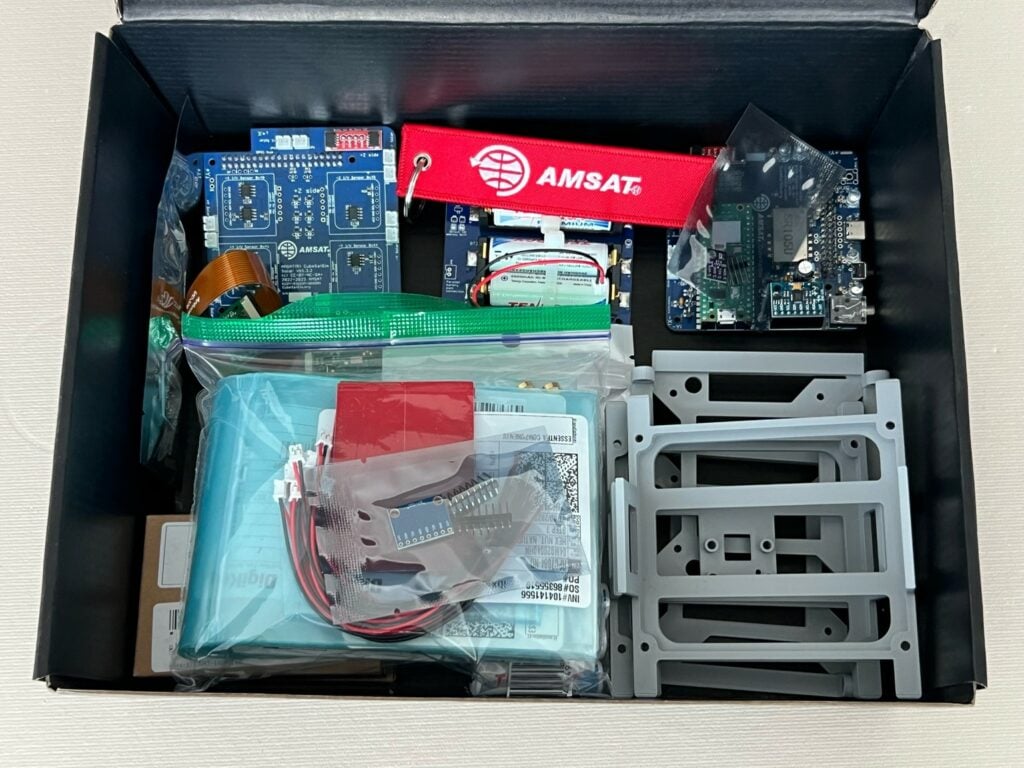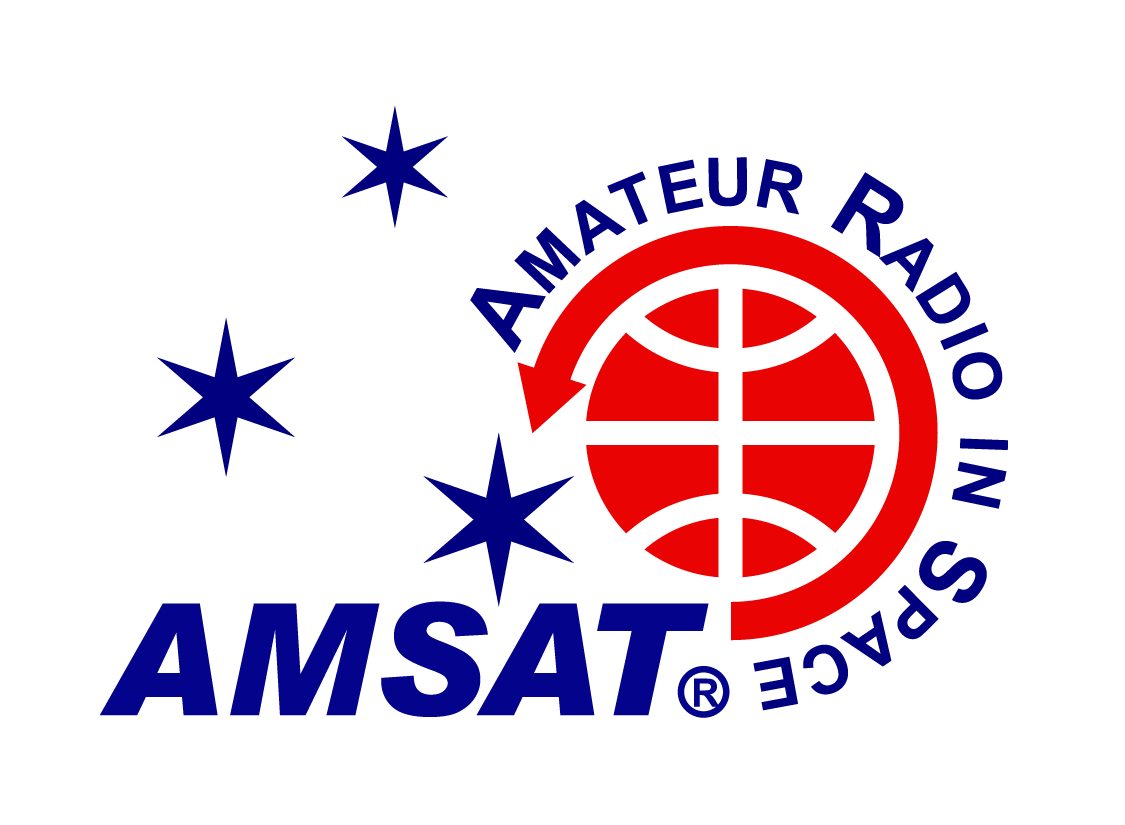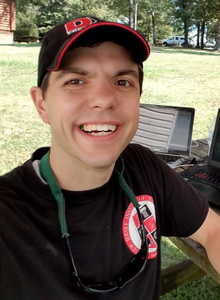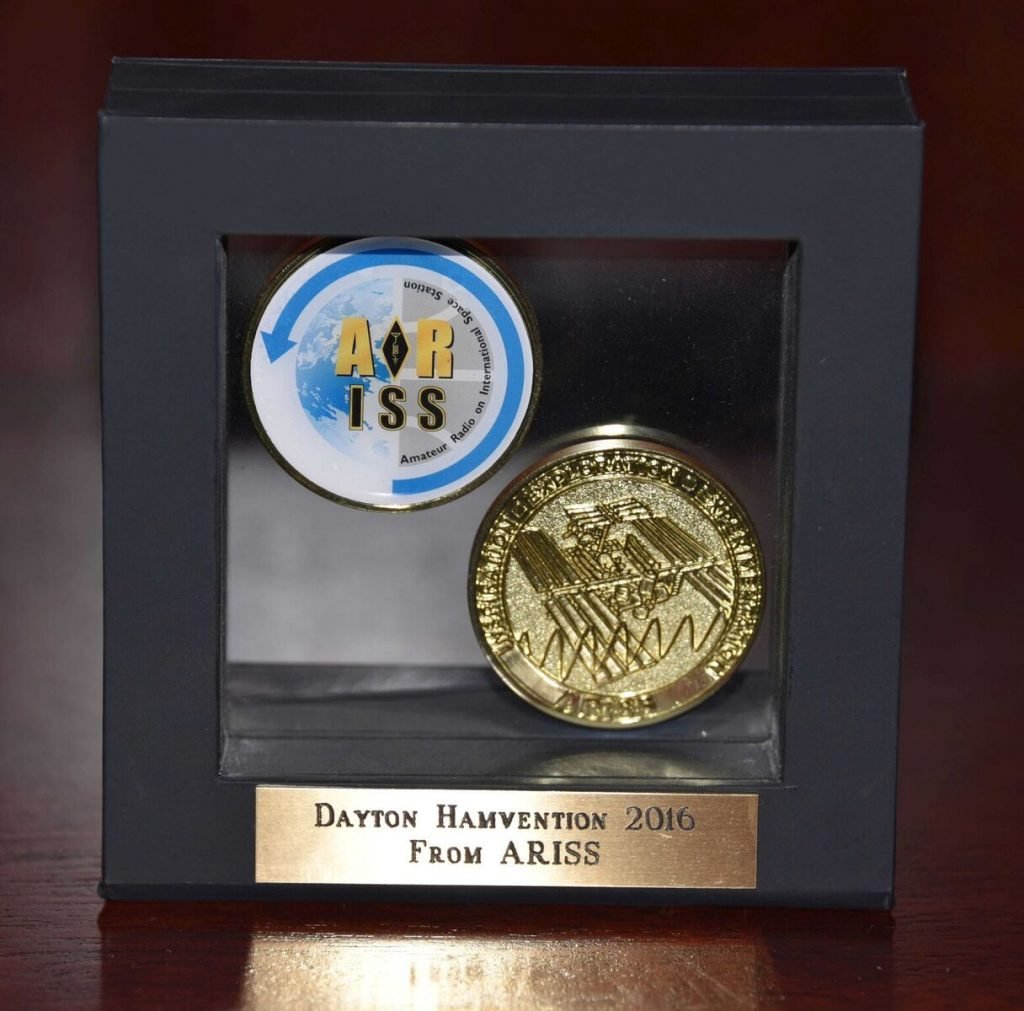For Hamvention 2024, I am very happy to announce a limited availability of Beta CubeSatSim Kits! We will have some CubeSat Simulator kits at the AMSAT booth at Hamvention on Friday and Saturday, and will also make some available online on the AMSAT Store a few weeks later – look for ANS and social media for the date they will go on sale. We will only ship AMSAT Store kit orders to U.S. addresses. They are priced at $400 including shipping.
The Beta CubeSatSim Kits contain:
- All three PCBs (STEM Payload, Solar, and Battery Boards) fully assembled and tested with all components soldered in
- Raspberry Pi Zero WH with a fully programmed micro-SD card and a fully programmed Raspberry Pi Pico WH
- AMSAT logo Remove Before Flight tag switch
- Four-piece 3D printed frame and nylon screws and nuts, ready for you to assemble with included mini screwdriver
- Pi Camera, ribbon cable, and nylon screws and nuts ready for you to plug into the Pi Zero WH and attach to the frame
- Metal standoffs, stacking headers, and JST jumpers ready for you to stack the PCBs and the Pi Zero WH into the board stack
- 10 solar panels, JST connectors, and double stick mounting tape, ready for you to solder the JST wires to the panels and mount them using the tape on the frame
- BME280 pressure, temperature, altitude, and humidity sensor, and MPU6050 IMU/gyro ready for you to solder the male pin headers so you can plug them into the sockets on the STEM Payload Board
- Two 6″ SMA coax cables and two SMA antennas for you to connect to the STEM Payload board and the frame
- Instruction sheet with parts inventory and link to the online instructions.

AMSAT Beta CubeSatSim Kit
The approximate time for you to complete the kit by soldering the solar panels and sensor pin headers, and assembling the board stack and frame is less than two hours. You will need a soldering iron, solder, scissors, and an included mini Phillips screw driver.
The kit instructions are here: https://CubeSatSim.org/kit-beta
The current Beta CubeSatSim has some improvements over the v1.2 version, including an FM transceiver, Raspberry Pi Pico microcontroller, and RF command and control. You can also modify it to fly as a 500mW high altitude balloon payload.
You can see all the updates here: https://www.amsat.org/amsat-cubesatsim-beta-release-v1-3/
For those who like to solder the components and 3D print their own frame, we also have the Beta v1.3 blank PCB sets available at the AMSAT Store for $35: https://www.amsat.org/product/amsat-cubesatsim-pcb/ You will need to purchase the rest of the parts from Digikey and Amazon for approximately $300 using the Bill of Materials https://CubeSatSim.org/bom-beta.
During this beta period, we ask for your help in testing the new hardware and software and making sure that all the instructions and documentation are accurate. As we have announced previously, past purchasers of the CubeSatSim v1 PCB board sets are eligible for a free beta v1.3 set of PCB boards. Just email me ku2y [at] arrl.net! I will verify the order and ship you a new set of 3 blank boards. The boards will have the surface mount components already mounted. The first one hundred who contact me in the first half of this year will be eligible to receive them.
73,
Alan Johnston, PhD, KU2Y
AMSAT VP Educational Relations
ku2y [at] arrl.net


